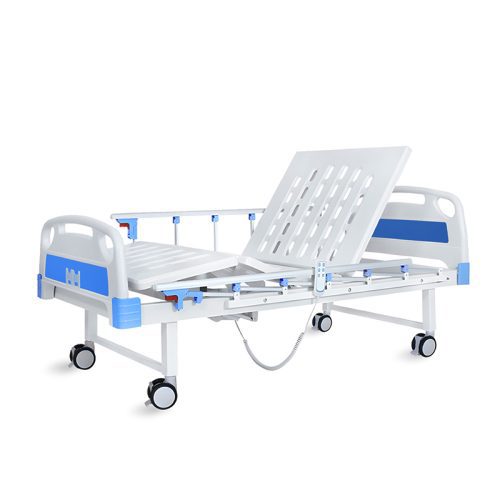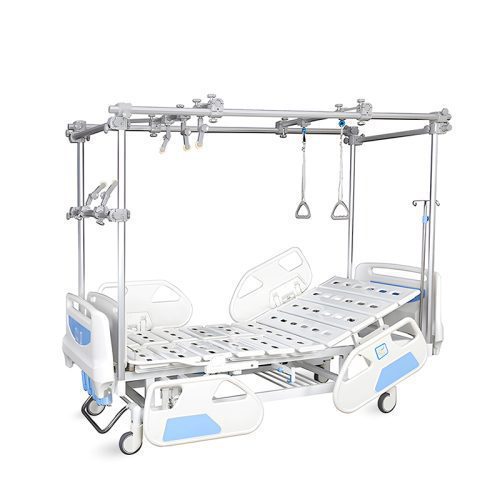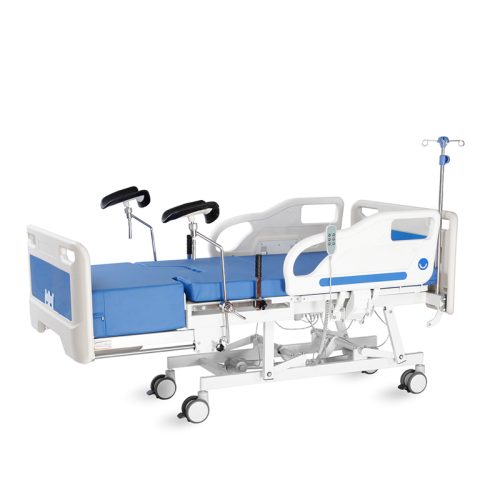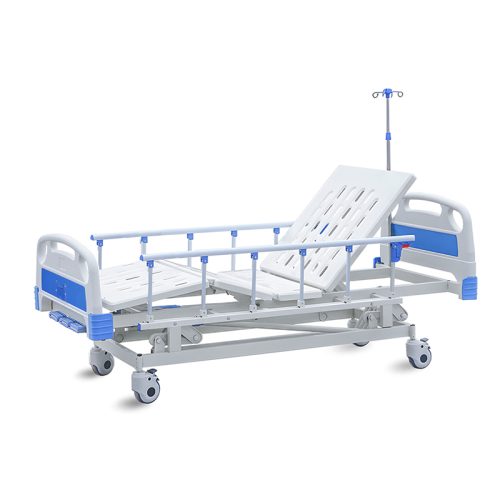
- Autoclave
Quels sont les matériaux utilisés pour recouvrir les articles avant l'autoclavage ?
- Par kelingmedical
**Why Cover Items Before Autoclaving?**
Steam needs to reach every part of the items to sterilize them which is why they should be covered before autoclaving. However, there are several other benefits to using proper covers or packaging:
1. **Protection from External Contamination**:
When the autoclave cycle finishes the items become free of all microorganisms. The correct coverings shield items from new contamination during their cooling phase and handling steps after sterilization.
2. **Ensuring Proper Steam Penetration**:
The steam must reach all parts of the items to successfully kill microorganisms. The correct covers let steam reach all parts to destroy microorganisms effectively. When items receive improper packaging the sterilization process cannot reach every surface properly and fails to kill all microorganisms.
3. **Preventing Damage**:
Delicate medical equipment faces damage when subjected to high-pressure steam directly. Protective materials around objects shield them from damage when they go through the autoclaving cycle.
4. **Convenient Storage**:
After sterilization medical equipment needs to be placed into storage. The right packaging method helps items stay sterile and avoids damage as they move from storage to use.
—
Autoclave Sterilization Requires Specific Materials for Item Protection
Different materials exist for item covering before autoclaving with unique features matched to each item type. This section explains the different materials people use for covering items.
1. **Sterilization Pouches and Bags**
Sterilization pouches stand out as the preferred choice among medical professionals for covering items during autoclaving. Medical-grade paper makes up the outer layer of these pouches and they have a plastic or polyethylene inner layer. The pouch material lets steam pass through to sterilize contents but stops external particles from entering the package.
– **Advantages**:
– **Steam-permeable**: Special medical-grade paper allows steam to penetrate the items without letting bacteria through.
– **Pre-sealed**: The sterilization pouches arrive sealed before use to avoid getting contaminated. This product type works well for small medical tools such as syringes and vials.
– **Tear-resistant**: These pouches have special construction to survive autoclaving without losing their protective function.
– **Convenient**: Pouches are basic to work with and throw away quickly after autoclaving.
– **Disadvantages**:
– **Limited size**: Pouches work best for smaller medical tools and supplies. Pouches work best with small items but cannot handle larger or bulkier objects so different packaging solutions must be used.
2. **Sterilization Wraps (Muslin or Nonwoven Fabric)**
The medical industry uses sterilization wraps made from muslin and nonwoven fabric as a packaging material during autoclaving procedures. Medical wraps for sterilization come in two basic forms: woven cotton muslin and nonwoven fabric. These materials enable steam to reach every part of the instruments during sterilization because they let air flow through them. Muslin wraps get regularly used in medical environments to sterilize large medical tools and trays.
– **Advantages**:
– **Breathable**: The steam needs to travel evenly around sterilized items during the process because both muslin and nonwoven wraps let steam move through their texture.
– **Reusable**: Sterilization wraps serve multiple uses when you clean them correctly and they stay undamaged.
– **Cost-effective**: Wraps save you money in the long run than single-use pouches.
– **Disadvantages**:
– **Requires careful folding**: You need to handle wrapping carefully to get the right results. You need to fold the wrap in a way that covers all parts of the item without exposing it to outside elements.
– **Moisture retention**: Muslin holds water which could damage sensitive musical equipment. Do not use muslin to wrap instruments that rust when you do not first dry them before use.
3. **Sterilization Drums**
Sterilization drums mainly protect large instruments and sets of medical tools during the disinfection process. Stainless steel drums with multiple compartments help items reach proper steam sterilization. Sterilization drums feature perforations to let steam pass through them during sterilization while keeping the instruments safe from damage.
– **Advantages**:
– **Durability**: The production of sterilization drums from stainless steel materials creates sturdy containers that shield instruments from harm during autoclaving.
– **Secure packaging**: Sterilization drums keep instruments safe from damage and contamination during their sterilization process.
– **Stackable**: Sterilization room space usage improves because many drums can be stacked one on top of another.
– **Disadvantages**:
– **Bulkiness**: Sterilization drums take up more space and weigh more than other packaging options because of their large size.
– **Higher cost**: Sterilization drums cost more money when you first buy them than you would pay for disposable materials such as pouches or wraps.
4. **Plastic Sterilization Bags**
Plastic sterilization bags offer a different choice than regular materials used in sterilization procedures. These heat-proof plastic bags let steam enter the autoclave because they resist extreme temperatures and pressure during sterilization. You need to select plastic bags that let steam enter easily since steam permeability varies among plastic types.
– **Advantages**:
– **Lightweight**: Plastic bags make handling smaller items and processing multiple items simpler because they weigh little.
– **Transparent**: You can tell what’s inside the plastic bags because their transparent material lets you see through them during and after sterilization.
– **Disadvantages**:
– **Steam penetration issues**: Some plastic bags do not let steam through so they may fail to sterilize the contents properly. Use only autoclave-approved plastic bags for this process.
– **Single-use**: Single-use plastic bags create continuous expenses because they need regular replacement.
—
**Best Practices for Packaging Items Before Autoclaving**
The proper choice of materials for autoclaving needs goes hand in hand with proper item packaging techniques. Here are some tips for ensuring effective sterilization:
1. **Choose the Right Material**:
Choose the right packaging materials based on what you need to sterilize and the type of product it is. Put small instruments in sterilization pouches but use muslin wraps or sterilization drums for larger items.
2. **Don’t Overload the Autoclave**:
Space out all items evenly when you add them to the autoclave. Pack the items so steam reaches all parts of them during sterilization. Overloading can lead to uneven sterilization.
3. **Inspect Packaging for Damage**:
Check packaging for any faulty parts before putting them into use. Cracked packaging materials let contaminants into the sterilization environment.
4. **Proper Sealing**:
Check that all pouches, bags, and wraps have complete seals to block outside particles. Check package seals while packing items neatly inside wrap material.
5. **Label Sterilized Items**:
Put a label on everything after it finishes the sterilization cycle. The date labels show us when materials were last sterilized and guide us to use them first.
—
**Conclusion**
Selecting the proper covering materials for autoclaving is necessary to achieve effective sterilization results. Different sterilization materials such as pouches, wraps, drums, and plastic bags each work best for specific medical items. Using proper materials and following autoclave guidelines will help your equipment work better and keep your items sterile until you need them.
📧 Courriel : inquiry@shkeling.com
🌐 Site web : www.shkeling.com.cn
Nous nous réjouissons de construire avec vous un partenariat fructueux !






